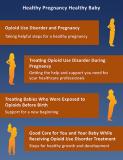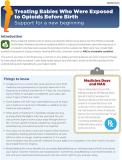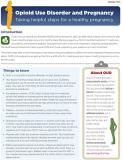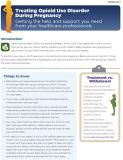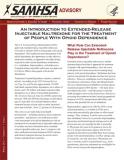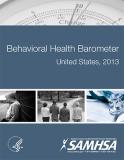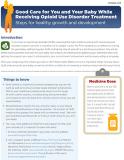
This fact sheet (4 of 4) addresses the care of women with opioid use disorder (OUD) and care of their babies after pregnancy. This resource includes information on managing OUD, caring for baby, and do’s and don’ts for creating a healthy environment at home.
Units per Product
Download
Good Care While Receiving Opioid Use Disorder Treatment
File Type: PDF
File Size: 84 KB


